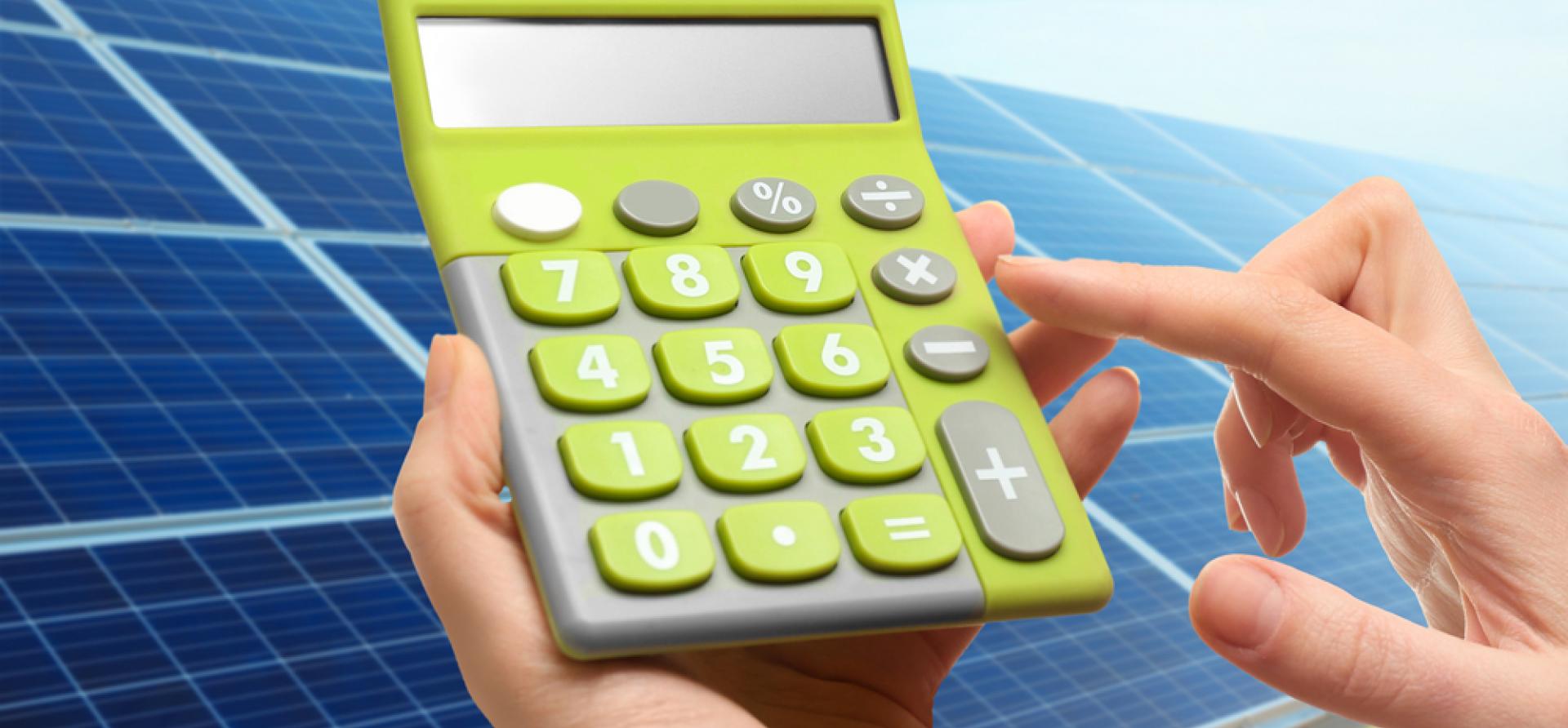
Key Findings
Renewable energy tariffs need to fall a further 15% beyond even the recently recorded lows of Rs2.36/kWh, to achieve levels of ~Rs2/kWh to attract state electricity distribution companies (discoms).
IEEFA and CEEW-CEF propose that a partially indexed tariff structure should be profitably explored for future renewable capacity power purchase agreements.
Discoms will no doubt benefit from materially lower renewable energy tariffs achieved via indexation when compared with cash outflows resulting from incremental capacity that is auctioned under a flat tariff regime.
Executive Summary
India has made significant strides in developing its renewable energy (RE) sector – primarily wind and solar – in recent years. From a relatively low base of 15.5 gigawatts (GW) in 2010, installed RE capacity grew at an impressive compound annual growth rate (CAGR) of 19% over the following decade to achieve 86.8GW at the end of March 2020.
India’s targets for the next decade are more ambitious still. Its 2030 RE target of 450GW will require RE to grow at a CAGR of 16%, but this time from a materially higher base of 86.8GW. This will tilt the share of aggregate generating capacity – already an impressive 23% as of March 20201 – significantly further in RE’s favour.
In the absence of sustained, strong electricity demand growth, discoms saddled with under-utilised two-part thermal capacity will only have an incentive to shift away from coal when RE tariffs achieve parity with the variable charge for coal. For that to happen, RE tariffs need to fall a further 15% beyond even the recently recorded lows of Rs2.36/kWh, to achieve levels of ~Rs2/kWh.
However, discoms face a growing number of structural and financial challenges compounded by COVID-19. Chief among them are high aggregate technical and commercial (AT&C) losses, expensive thermal PPAs and a cross-subsidy burden due to a varying tariff structure amongst the different categories of discom customers, combined with the provision of below-cost electricity to the rural population.
India’s RE ambitions are second to none globally, and are set to enhance energy security by reducing reliance on fossil fuel imports, whilst also driving deflation and reducing pollution and emissions. Unless managed carefully, however, such a large-scale capacity rollout will undermine the already beleaguered discoms.
IEEFA and the CEEW Centre for Energy Finance (CEEW-CEF) recommend an interim solution that will immediately ease near-term financial pressure on discoms, buying them time to implement lasting solutions.
As against the prevailing system of flat RE tariffs, IEEFA and CEEW-CEF propose that a partially indexed tariff structure should be profitably explored for future renewable capacity PPAs. Specifically, a lower first year tariff of Rs2/kWh, rising at a pre-determined index rate (below the inflation rate) for the first 15 years, and then remaining flat at the year 15 rate for the 10-year balance of PPA life.
Any indexed tariff structure will have to appeal to developers, who are by now fairly accustomed to operating in a fixed tariff environment in India. The broader financing ecosystem will also have to be flexible to accommodate project debt terms that are reflective of upward sloping revenue profiles that accompany indexation.
Discoms will no doubt benefit from materially lower RE tariffs achieved via indexation when compared with cash outflows resulting from incremental capacity that is auctioned under a flat tariff regime. But flat tariffs have been declining for several years, and that decline is expected to continue into the future. Assuming that flat solar tariffs decline at 2.5% year over year for the next five years, they will reach Rs2.13/kWh by 2025/26.















